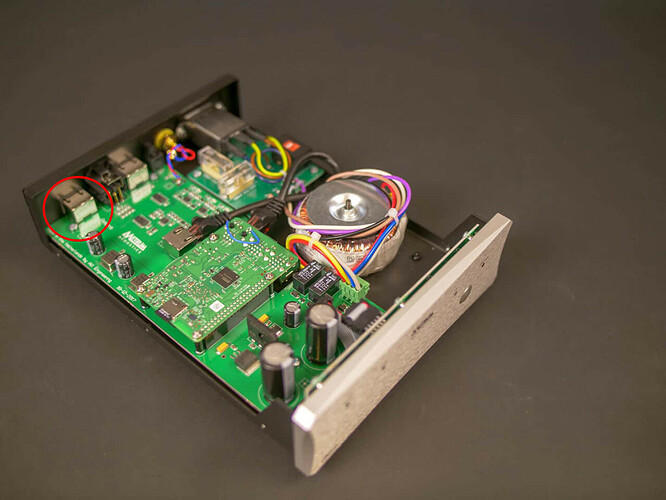Spot on.
I suspect previous hold-outs now agrees Ethernet delivers bit-perfect data transfer because it’s so easy to prove objectively, so they’ve abandoned that bandwagon.
These days “Ethernet noise”, and “Jitter” are the new catch-phrases, just look at the marketing blurb of Ansuz, Innuos, English Electric, Nordost, Uptone, Silent Angel, etc etc.
But suggesting Jitter as a problem for an asynchronous packet-based transport - especially one involving TCP buffers/windowing at the DAC end-point - is absolutely bonkers. Clear indication these folks don’t know what they’re talking about. 
Vendors who claim ultra-precise Clocks (e.g. Uptone, Innuos) or external clocking (e.g. Uptone, Silent Angel) to address jitter on Ethernet Switches are foolishly ascribing traditional Clocking problems onto a packet transport - “solutions” looking for a problem that doesn’t exist. Clocking precision affects data integrity, but that is already at 100% with the cheapest Switches out there.
So, that leaves just Ethernet Noise as the only remaining straw that some love to clutch at. I readily admit it’s slightly harder to debunk, as it could possibly affects lesser DACs. For example, the Metrum Amber that Alpha Audio used has an el-cheapo Ethernet port with integrated magnetics (circled in red); maybe that’s reasonable for a $1,200 streamer, I couldn’t say.
Whereas the dCS DACs have a separate dedicated Pulse Transformer that are pretty darn good at noise immunity. Here’s a blurb from the manufacture;
Pulse Electronics High Isolation Ethernet Magnetic Transformers
Pulse Electronics High Isolation Ethernet Magnetic Transformers meet IEEE 802.3 specifications and feature a compact footprint for use in space-restrictive appliances. These transformers offer high isolation for robust applications that require more isolation than traditional LAN applications. They provide safety isolation of up to 6kV and are ideal for both industrial and medical applications.
The Audio Alpha folks could have just measured the analog output of the DAC. Just stream a pure-tone into the DAC, any audible differences (if they exists) caused by Ethernet Switch Noise will show-up as visible difference in distortion spikes on that pure-tone FFT when compared to a less noisy Ethernet Switch. Can’t imagine why they wouldn’t do such a simple test (unless differences don’t exists?  )
)
